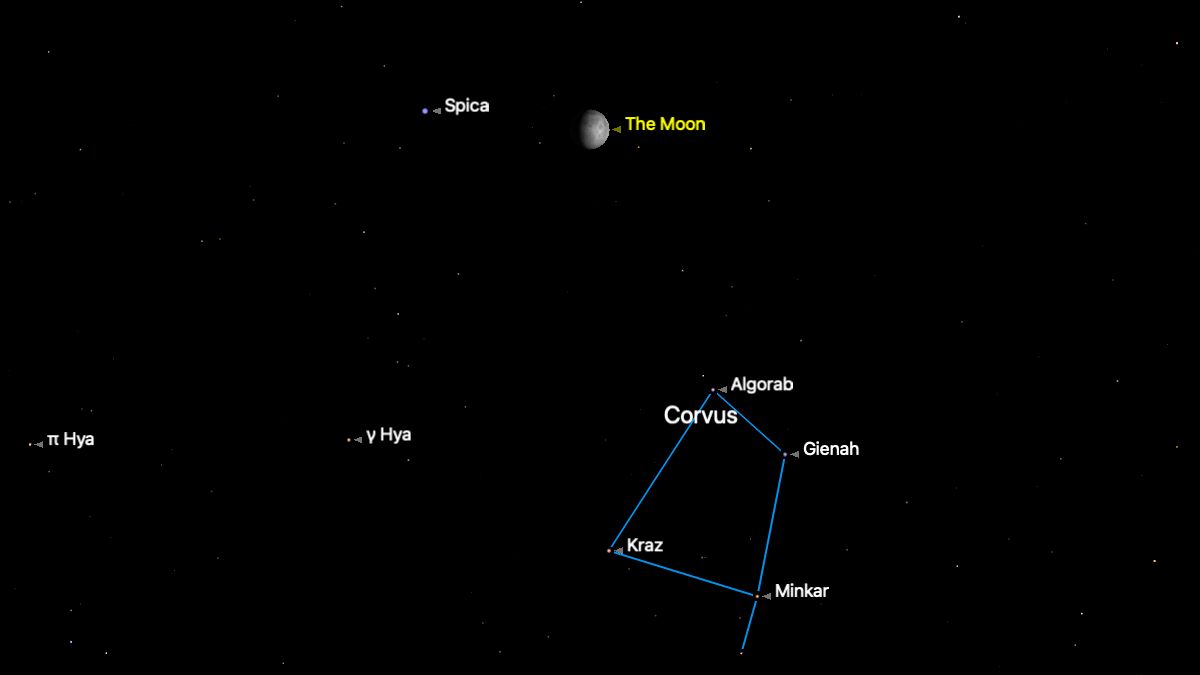Orion Spacesuits Put to a Vacuum Test at NASA (Photos)
The Orion Spacesuit

When astronauts fly into deep space, they will need to have a sturdy spacesuit with them for protection and to perform spacewalks from the Orion spacecraft. NASA is testing a modified version of the space shuttle's Advanced Crew Escape Suit to support crews as they fly to the moon, Mars or other destinations. The first crewed flight is expected around 2023, if the schedule holds.
On June 22, engineers and technicians at NASA's Johnson Space Center in Houston ran a vacuum- pressure integrated suit test, the latest in a series of technical hurdles the suit must pass before being rated for flight. In this test, crews entered a vacuum chamber, where air was removed while the suit was hooked up to life-support systems. Watch the test in this series of pictures. [NASA's Orion Spacecraft: A Behind The Scenes Look (Video)]
The Great Pumpkin
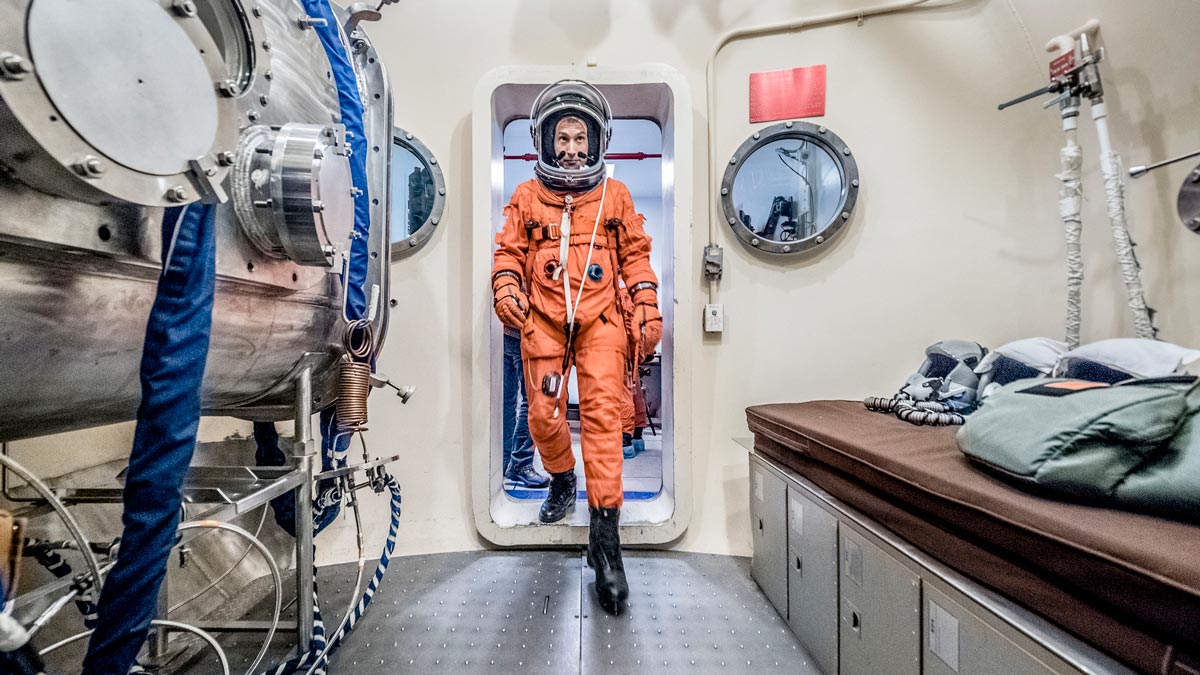
It's the revenge of the pumpkin suit! A participant in spacesuit testing walks into a chamber that will simulate a vacuum similar to what is encountered in space. This new suit is a hybrid of the pumpkin-colored Advanced Crew Escape Suit used for space shuttle launches and the white spacesuit used for spacewalks on the International Space Station.
"Because of mass and volume constraints, NASA wanted to be able to use ACES (the suit intended for ascent and entry during Space Shuttle missions) both for ascent/entry periods of Orion missions and also for EVA (space walks)," said Robert Frost, an instructor and flight controller at NASA, in a 2016 discussion on Quora.com about the new spacesuit.
Jolly Jumper rig
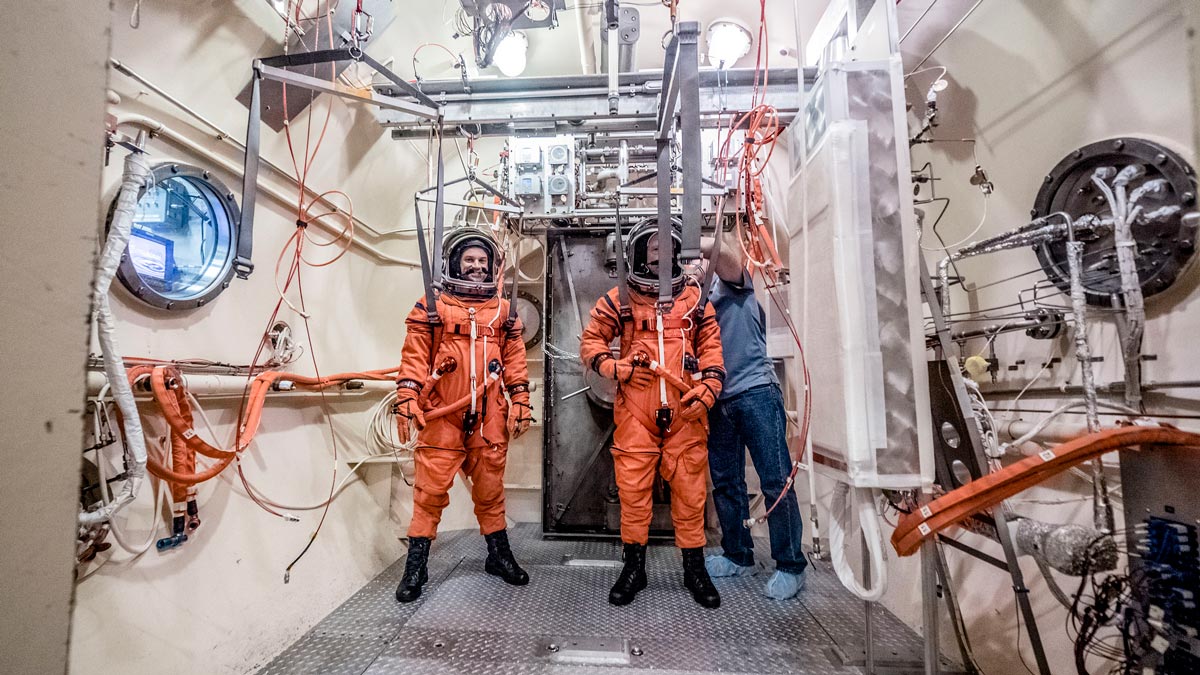
Here, two of the participants in the spacesuit-testing process are rigged up to harnesses that look a bit like the Jolly Jumpers used in doorways to hold up babies for their entertainment. In this case, however, the harnesses are used instead to simulate how the astronauts would work in a spacecraft.
The participants are inside the NASA Johnson Space Center's 11-foot thermal vacuum chamber, which is commonly used for spacesuit testing. According to NASA, the chamber can include components such as a treadmill or systems for "crew weight relief" to simulate the microgravity astronauts encounter in space.
Hooking up
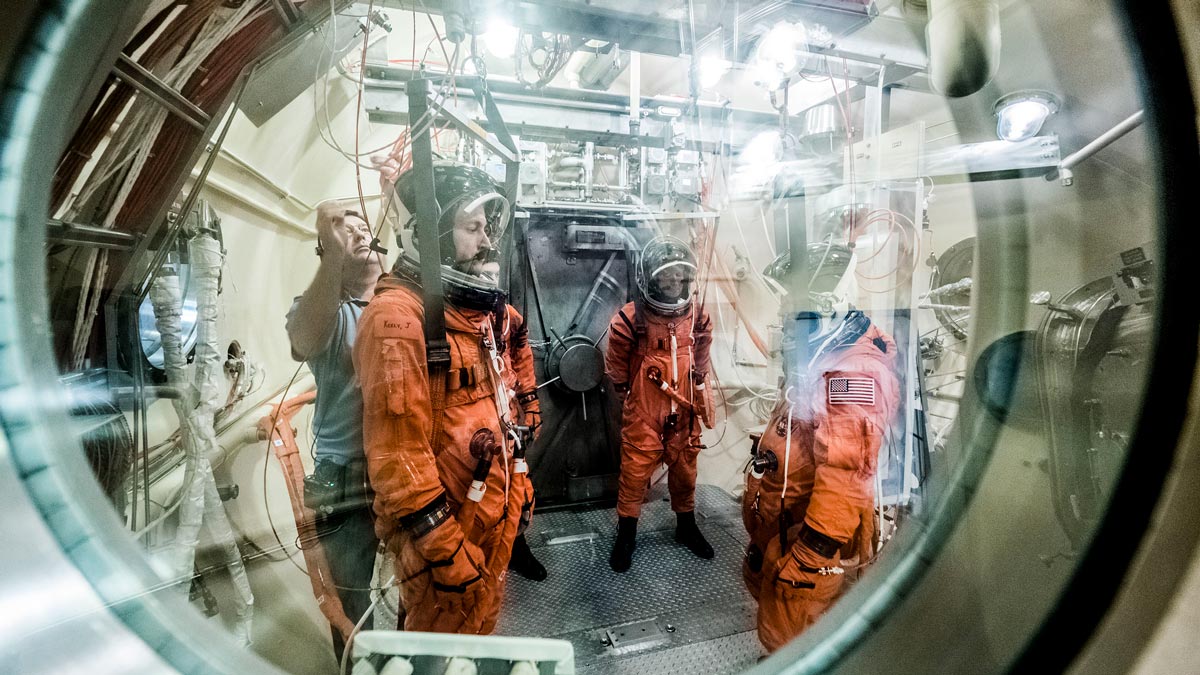
A view through the porthole of the testing chamber shows just how small a space the participants worked in for the test. Here, a technician rigs up one of the participants in the Orion spacesuit pressure test, ensuring that the astronauts are properly hooked up before air is evacuated from the thermal chamber.
This is just one in a series of tests the Orion spacesuit is undergoing. A previous test saw the deep-space suit being tested in microgravity conditions on an aircraft that flies parabolas. The spacesuit has also been tested before in vacuum conditions, such as the one shown here in 2015.
Ready for testing
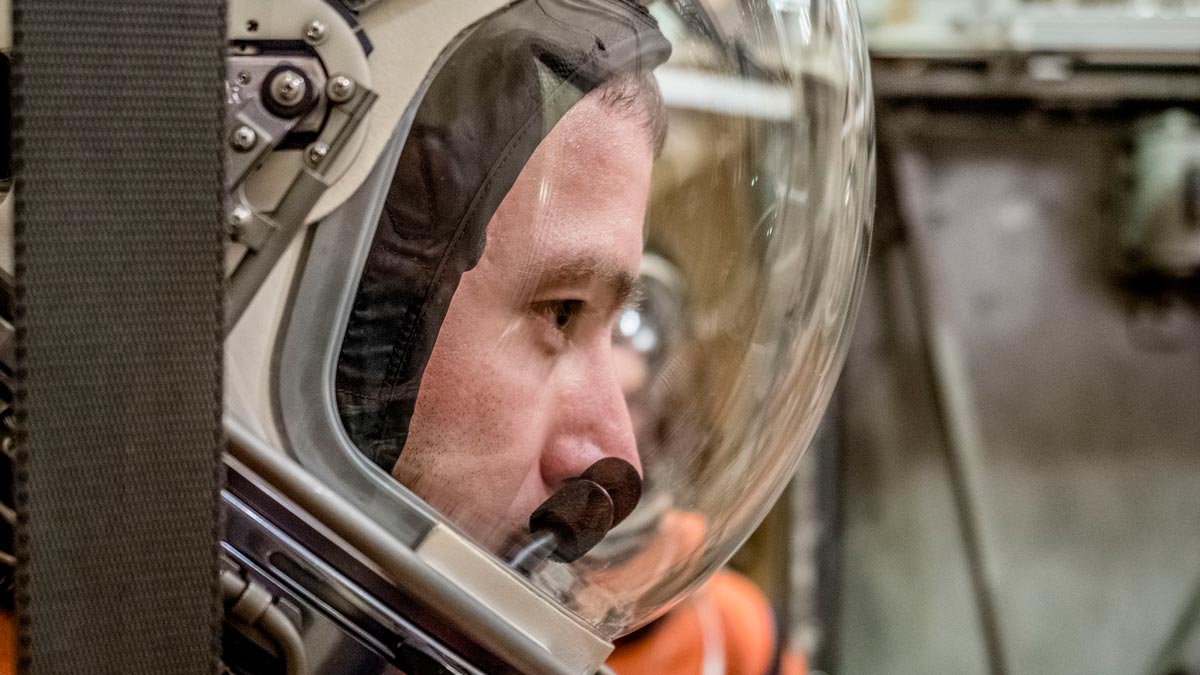
A participant in spacesuit testing puts on his game face during a routine at the NASA Johnson Space Center in Houston. While astronauts are the most famous face of the space program, other people often perform ground tests on equipment in consultation with astronauts.
The Orion spacecraft underwent a single test in space in December 2014, and an uncrewed mission around the moon is planned for 2019 when the new Space Launch System deep-space rocket is ready to go. Astronauts are expected to fly on Orion around 2023 if the current schedule holds, although there have been many delays already. [How NASA Spacesuits Work: EMUs Explained (Infographic)]
Star talk
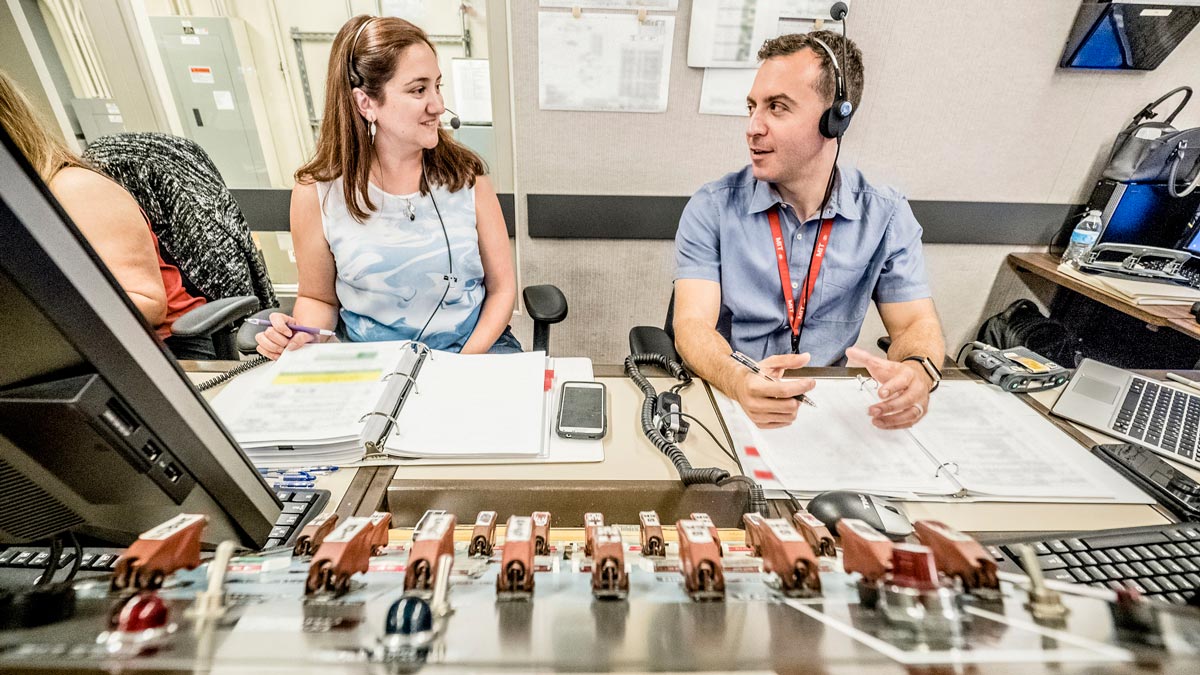
Technicians confer at their consoles during testing for the Orion spacesuit on June 22. In the foreground, you can see some old-school switches reminiscent of the days of the Apollo moon program in the 1960s and 1970s. Meanwhile, the smartphone on the desk is more powerful than all of the Apollo spacecraft's computers combined.
Much has changed in technology since NASA last sent humans into deep space; the new spacesuits will be lighter and less bulky than the Apollo suits and even, likely, what astronauts use today on the International Space Station.
Testing suite
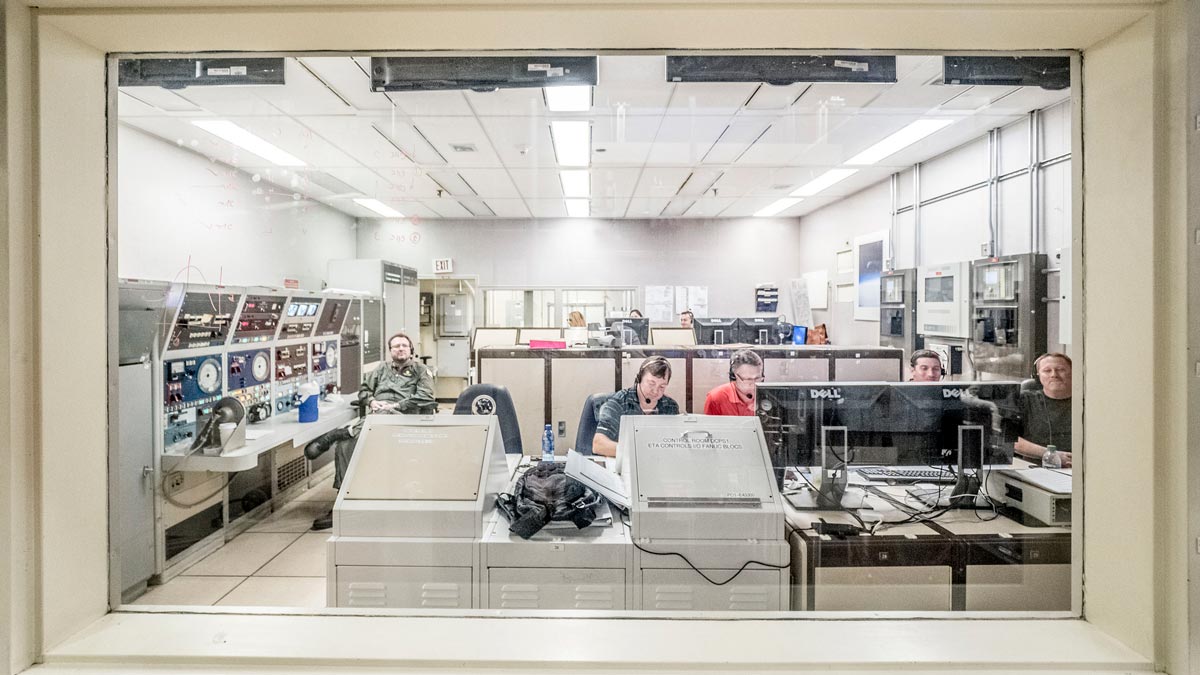
A cadre of technicians monitor systems during a pressure test of the Orion spacesuit at the NASA Johnson Space Center. The spacesuit must be able to withstand a sudden loss of oxygen in the cabin during launch, so that astronauts are protected on their way to orbit. The suit is also designed for astronauts to wear on spacewalks outside the Orion spacecraft.
While the June 22 tests were performed inside the 11-foot thermal chamber, Johnson has several facilities to get systems ready for space. This includes a 20-foot chamber, a dual glove box chamber, and even an airlock that is similar to the one used on the International Space Station.
Running on empty
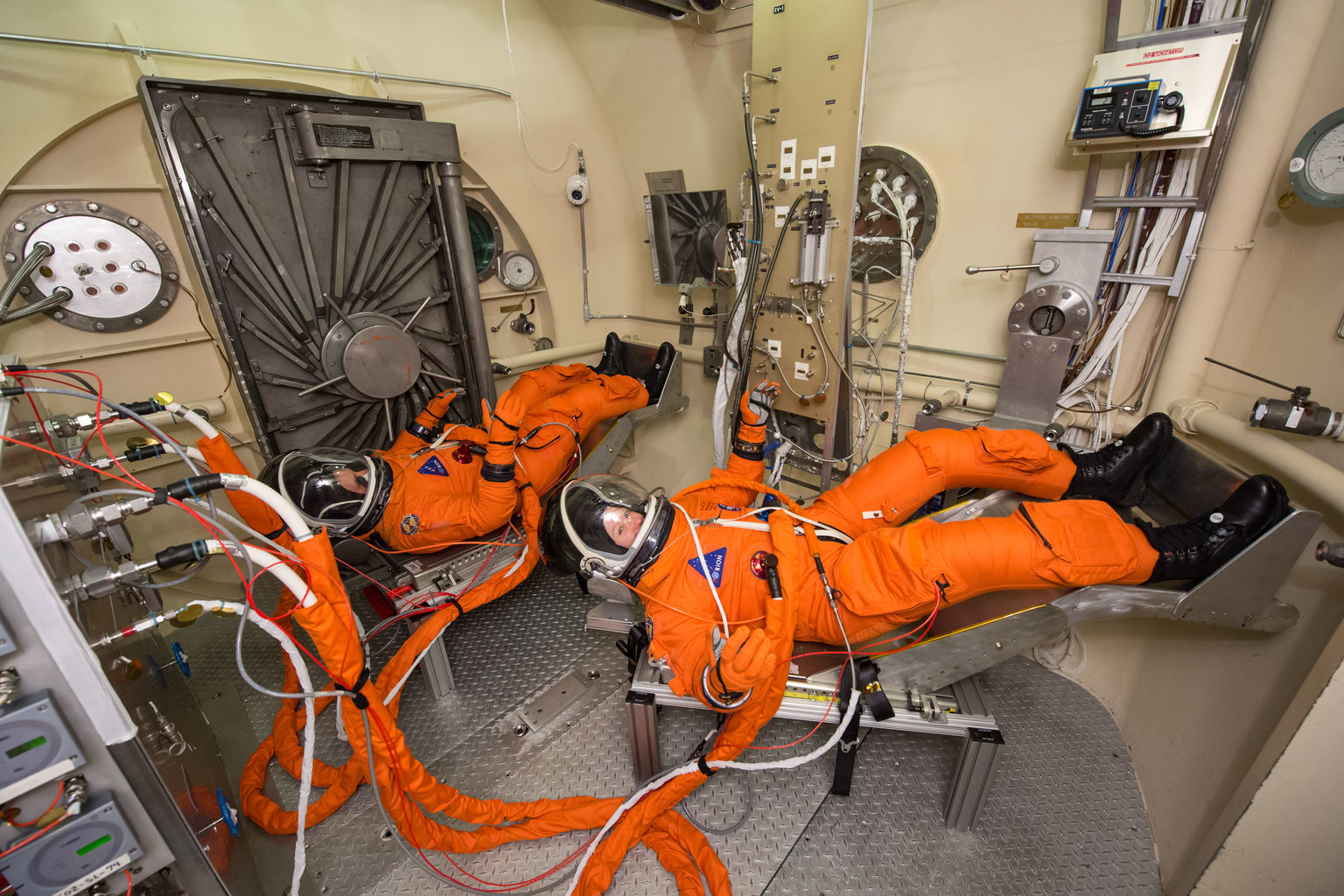
The participants in Orion spacesuit testing are fully closed into an 11-foot chamber at the NASA Johnson Space Center. With the door closed in the background, the chamber was fully evacuated of air to make sure that the spacesuits could hold pressure, temperature and other parameters in the vacuum of space.
NASA has spent about $200 million in the past decade developing suits for Orion and other space programs, including the commercial crew program that is expected to see astronauts launch from United States soil in the next couple of years. However, an April report from NASA's Office of Inspector General said the agency needs to improve its spending strategy, as the new suits will not be fully ready for years.
Join our Space Forums to keep talking space on the latest missions, night sky and more! And if you have a news tip, correction or comment, let us know at: community@space.com.
Get the Space.com Newsletter
Breaking space news, the latest updates on rocket launches, skywatching events and more!

Elizabeth Howell (she/her), Ph.D., was a staff writer in the spaceflight channel between 2022 and 2024 specializing in Canadian space news. She was contributing writer for Space.com for 10 years from 2012 to 2024. Elizabeth's reporting includes multiple exclusives with the White House, leading world coverage about a lost-and-found space tomato on the International Space Station, witnessing five human spaceflight launches on two continents, flying parabolic, working inside a spacesuit, and participating in a simulated Mars mission. Her latest book, "Why Am I Taller?" (ECW Press, 2022) is co-written with astronaut Dave Williams.
